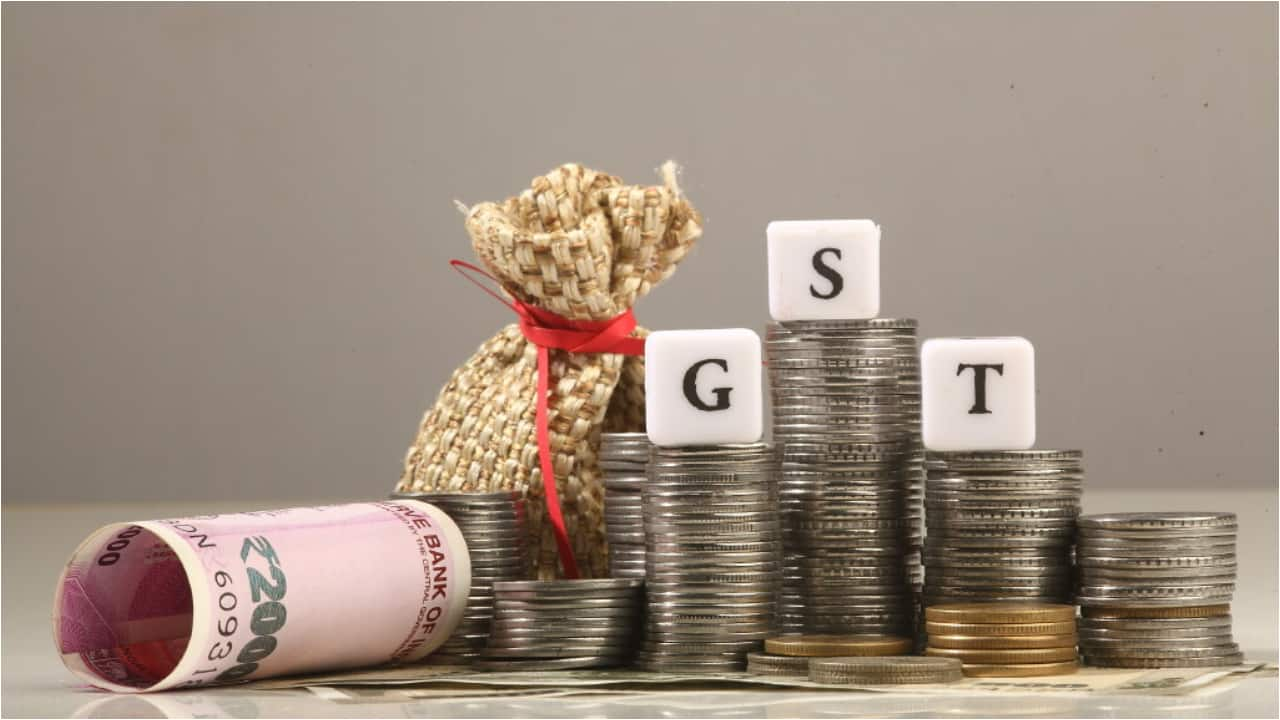
Mop-ups by way of goods and services tax (GST) will maintain above-nominal growth over the next few years, with expectations that buoyancy will stay above one, Central Board of Indirect Taxes and Customs (CBIC) chairman Sanjay Kumar Agarwal told Moneycontrol in a post-budget interaction. “Compliances are improving. Also, the buoyancy earlier used to be much higher.
Now it is shrinking, but for some more time, it will remain one-plus. After that, it will taper and will become one,” said Agarwal. Tax buoyancy is calculated as a ratio of growth in tax revenues over nominal GDP growth.

GST growth for FY26 is estimated at 10.9 percent in the budget, similar to the previous fiscal. Nominal growth, on the other hand, is projected to be 10.
1 percent, yielding an estimated buoyancy of 1.08. Agarwal noted that the government is also confident it will achieve its GST growth target for the year.
For FY25, revised estimates pegged GST growth at 10.9 percent. But GST collections have witnessed a bumpy ride this year, with growth tapering off.
In five of the 10 months this fiscal, collections witnessed single-digit growth. January, however, witnessed a rebound, with growth rising to a nine-month high of 12.3 percent, as collections picked up to Rs 1.
92 lakh crore from Rs 1.77 lakh crore in the previous month. In the first 10 months, collections were 10.
1 percent higher compared with the similar period of the previous year. "We are confident we will achieve the target for this year, which is a growth rate of 10.9 percent.
So, the buoyancy is around 1.12 for GST, because the nominal GDP growth is 9.7 percent," the CBIC chief said.
Agarwal also mentioned that after rationalisation of customs duties and personal taxes, the government was eyeing a simplification of the GST mechanism. However, he added that rationalising GST rates is a challenging task. "Earlier, the rates were fixed by keeping revenue neutrality as the principle.
Now, there are many socio-economic compulsions. Rates are determined accordingly, but revenue is also a crucial factor," he said..















